The Complete Practitioner’s Guide to the Bond Market
$22.58
| Author(s) | |
|---|---|
| Format |
|
| Pages |
465 |
| Publication Year |
2010 |
The Complete Practitioner’s Guide to the Bond Market addresses the principles of the bond market and offers the tools to apply them in the real world. By tying the concepts of fixed-income products to big-picture aspects of the economy, this book prepares readers to apply specific tools and methods that will help them glean profits from the bond market.
Introduction:
Over the past 20 years I have taught various aspects of the fixed-income markets to well over 10,000 market professionals. My courses can run for weeks, targeting audiences who need broad coverage, beginning with fundamental time value of money concepts and going all the way to incorporating complex derivatives in portfolio management. Other participants require specialized topics, such as callable bonds or interestrate swaps, and these sessions can last for a day or two. Whatever the structure, my courses were taught in an intuitive, yet rigorous, manner and appealed to those looking to really understand the material, not simply record or memorize it. Invariably, after attending these sessions, participants have asked why I have not produced a book. After many years, I finally acceded, and this is the result.
My purpose in writing this book is to explain how the market works, what the instruments are and how professionals use them. I will also introduce you to much of the jargon of the fixed-income markets. My success in teaching over more than two decades lies, I am told, in my ability to explain esoteric ideas in common, everyday language, without sacrificing correctness. If you like an intuitive approach, this book is for you.
Fixed income does not need to be a dry subject. Stocks may present the allure of a dynamic market, with the potential for rapid wealth creation (and destruction), whereas bonds suggest to most people the unexciting prospect of just earning coupons while worrying about default. Not true. Fixed-income securities are more varied than equities, and they can be quite volatile, thereby presenting the opportunity for significant short-term gains yet at the same time providing a platform for long-term returns, and they allow for a variety of ways to go about investing and trading.
How does this book differ from all other bond books? First, as I mention above, it presents both the basic and the advanced concepts in an intuitive manner, without sacrificing rigor. I want you to understand why the market works the way it does, not just accept what you are told about it. Second, I’m not an academic observer of the bond market. I’m an insider, a participant in the market. I’ve been a bond dealer, institutional portfolio manager, and trader (a.k.a. speculator). So this book tells you what the market is really about, not what someone believes the market is about. It explains how professional investors and traders actually apply the concepts. I don’t present concepts and ask you to apply them. I show you exactly how to do it.
Contents:
- FUNDAMENTAL PRINCIPLES OF BOND STRUCTURE, PRICING, AND INVESTING
- MACROECONOMICS FOR MARKET PROFESSIONALS
- INFLATION, YIELD CURVE, AND CREDIT FACTORS IN BONDS
- ANALYTICAL TOOLS AND TECHNIQUES
- LIBOR-BASED SECURITIES AND DERIVATIVES
- FOREIGN TRADE AND INVESTMENTS
- ADVANCED TOPICS
The Complete Practitioners Guide to the Bond Market By Steven Dym pdf
9 reviews for The Complete Practitioner’s Guide to the Bond Market
Clear filtersOnly logged in customers who have purchased this product may leave a review.

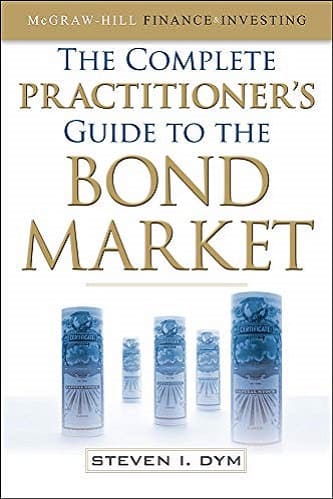

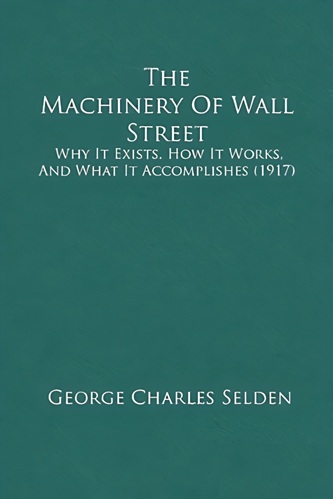
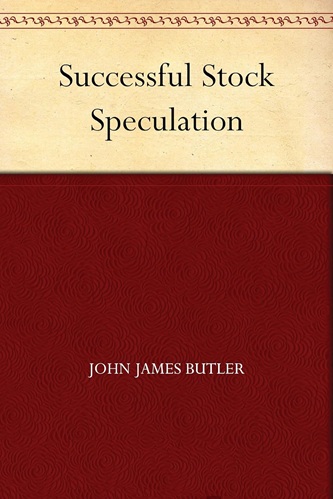
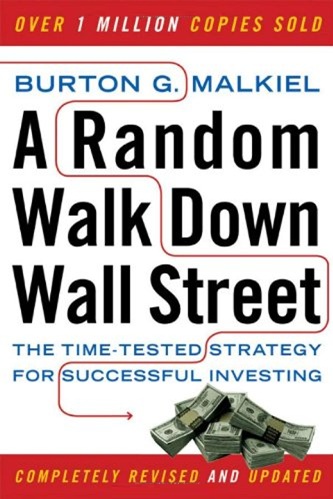
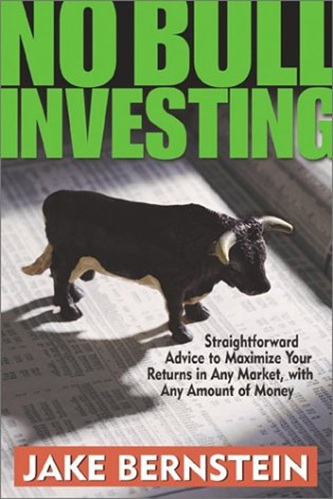
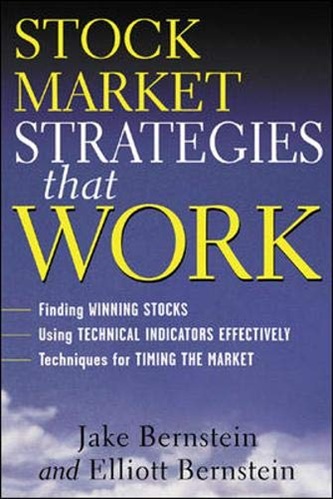
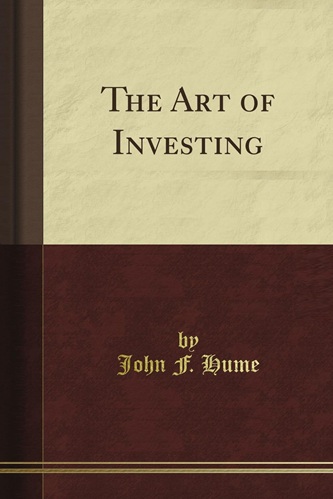
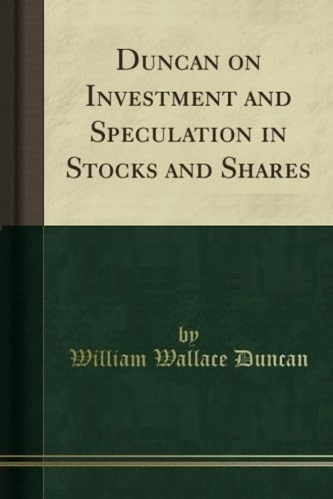
Gerardo Sanders (verified owner) –
This is a must read for anyone starting to deal with Fixed Income.
Sienna Pineda (verified owner) –
Very helpful as an introductory primer into fixed income. Extremely practical prose as Dym assumes you know very little/nothing about fixed income, corporate finance, or economics. Book has a sensible flow and topics build on each other as you advance through each chapter. Not as detailed or in-depth as Fabozzi’s handbook, but given its use as an introductory primer it doesn’t need to be.
Zoe Liu (verified owner) –
Very intuitive and well explained
Dane Barnett (verified owner) –
This is a good book to get intuition in fixed income analysis.
Pedro Mason (verified owner) –
Satisfied with the book and use it as a reference every now and then. Only recommended for people wanting to polish their knowledge of the bond market
Harlow Wagner (verified owner) –
Some people have a knack for teaching. Steven Dym seems to be one of those!
Kenneth Green (verified owner) –
There are not many good introductory books on the bond market geared toward readers inside the investment industry. Many of the other books are either focused on money-making strategies for amateur investors, or they are math-filled books with lots of theory but very little real-world details (Fabozzi, I’m talking about you.) Stephen Dym has written an accessible, but not simplistic overview of the bond market in this wonderful volume. He writes clearly and uses great examples. Most importantly -and this is what distinguishes his volume for others – is that he explicitly draws connections between the theory and practice – he explains how all the factors interrelate, such as central banks, US Treasury yields, economic growth forecasts, to help you see the “big picture.” Can’t recommend this one enough. This is a great book to read before “graduating” to a more textbook bond book with more of the math. (I’m good at math, but I often find that it helps to read some basic, real-world concepts before delving into the equations to see how they relate to reality.)
Fisher Chen (verified owner) –
I’m not a bond investor, but this books is fantastic in its breadth and does the best job of explaining macroeconomic trends and central bank responses that I’ve read yet.
The overview of the relationship between GDP, unemployment and interest rates is a must read for anyone who wants to really understand their interplay and effect on the economy.
Deborah Wheeler (verified owner) –
I have an MBA from one of the great universities in the United States, but that doesn’t mean I understand anything about bonds other than they are a way to finance a business and they require interest payments, and their value goes up and down. I needed a book to really help me understand the bond market, and the personal objective for me was to better understand the stock market, as the two are so closely related.
This book starts with the very basic basics and gets all the way into that stuff that I’d been reading in daily financial news articles, but never really understanding fully. It also helped me decide whether or not it would be worth my trouble to start researching and buying individual bond issues rather than just buy shares in a bond related ETF. I decided to stick with stocks, but now I know why.
This book is very worthwhile investment in education, in a readable form, that can be used as a reference in the future. Oh that all my investments did so well.